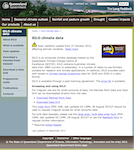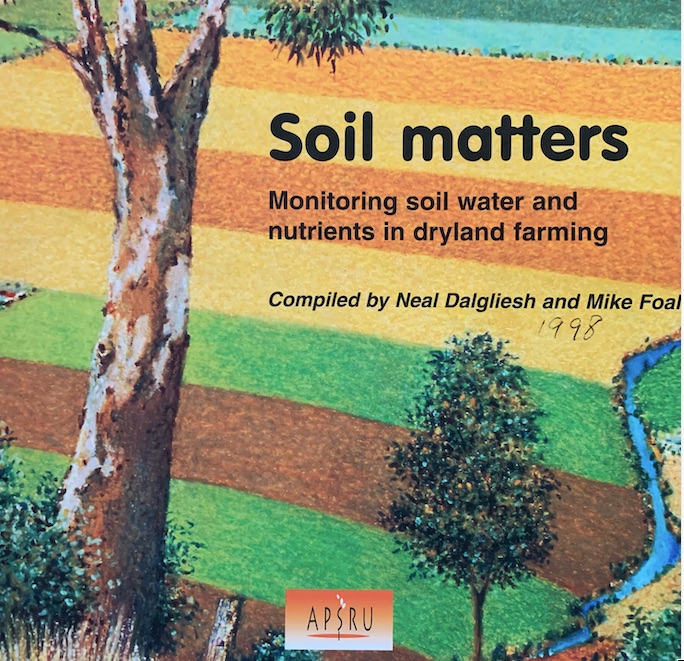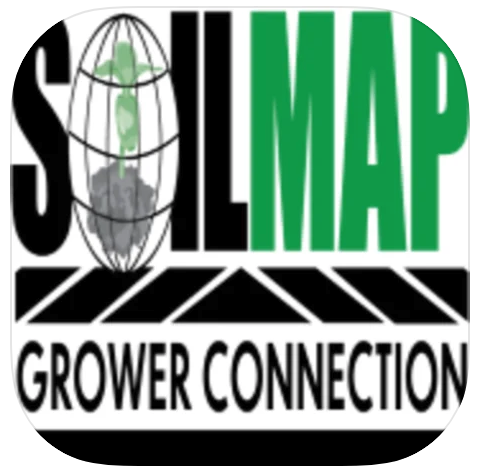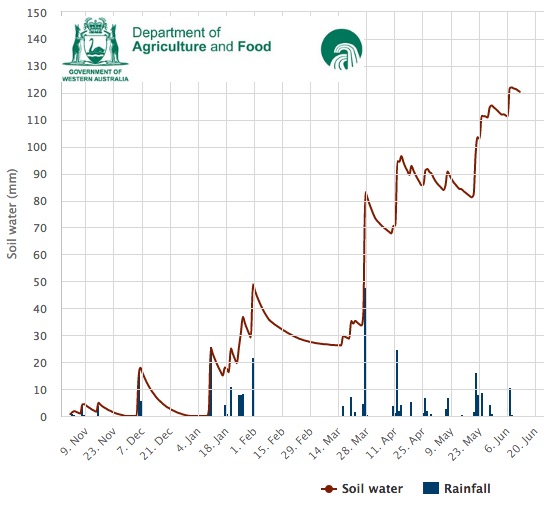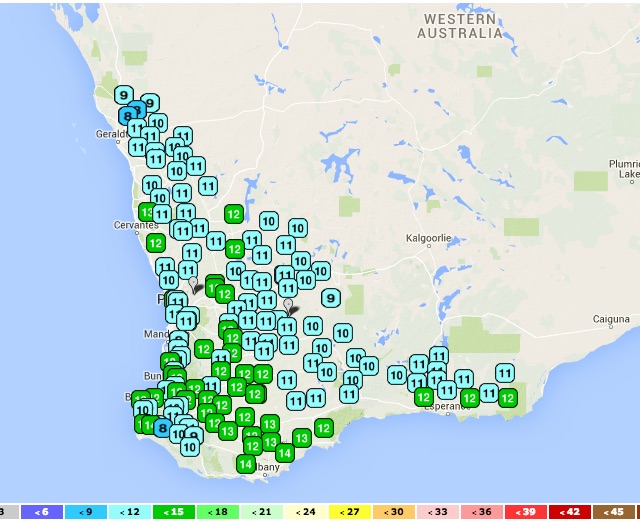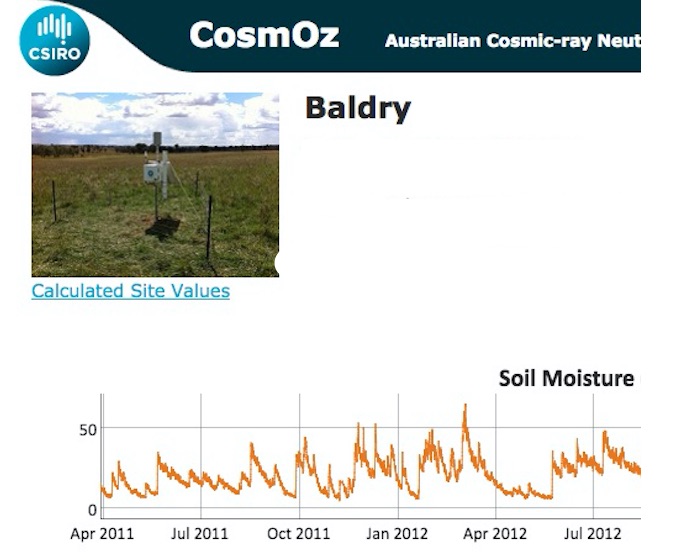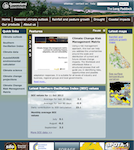Links
Australian CliMate
CliMate is a suite of climate analysis tools delivered on the Web, iPhone, iPad and iPod Touch devices. CliMate allows you to interrogate climate records to ask questions relating to rainfall, temperature, radiation, and derived variables such as heat sums, soil water and soil nitrate, and well as El Nino Southern Oscillation status. It is designed for decision makers whose business relies on the weather.
SILO climate database
SILO curates long term climate data (current to yesterday) and is the primary source for SWApp
Hosted by the Queensland Government.
Soil Matters (1998)
Monitoring Soil Water and Nutrients in Dryland Farming
SoilMapp
SoilMapp for iPad provides soil information at any location in Australia.
SoilMapp provides direct access to the best national soil data and information from the Australian Soil Resource Information System (ASRIS) (www.asris.csiro.au) and APSoil, the database behind the Agricultural Production Systems Simulator (APSIM).
ApSoil
APSoil is a database of soil water characteristics enabling estimation of Plant Available Water Capacity for individual soils and crops. It covers many cropping regions of Australia and is regularly updated. It is designed for use in simulation modelling and agronomic practice.
Soil moisture monitoring in dryland cropping - Victoria
The Victorian Department of Environment and Primary Industries provides live soil moisture data to support dryland farmers and advisors validate soil monitoring technology and conduct training.
Soil moisture (WA)
WWW App estimates soil water accumulated from the start of summer (1 November) through the grain growing season. (Western Australia only)
User selects a weather station, soil type and fallow/crop.
Weather stations (WA)
Western Australia's Department of Agriculture and Food, (DAFWA) network of automatic weather stations provide local weather data for more informed decisions. Data includes air temperature, humidity, rainfall, wind speed and direction, with most stations measuring solar radiation to estimate evaporation.
CosmOz -using space radiation to estimate soil water
CSIRO has installed cosmic-ray probes at a number of locations around Australia to form the inaugural CosmOz network. Each probe uses cosmic rays to measure average soil moisture over an area of about 30 hectares to 10 to 50 cm depth.
Each installation has a cosmic ray neutron detector, satellite telemetry, rainfall, temperature, humidity and pressure sensors and three surface moisture (TDR) probes. Data is logged and transmitted every 60 minutes to the CosmOz database.
Australian Landscape Water Balance (BoM)
The water balance in the Australian landscape is the product of a number of variables including soil moisture, runoff, evapotranspiration, deep drainage and precipitation. Water professionals, farmers and decision-makers in industry, government and the community can access data about all these variables through an interactive website from the Bureau of Meteorology.
Australian Water Availability Project
The aim of the Australian Water Availability Project (AWAP) is to monitor the state and trend of the terrestrial water balance of the Australian continent, using model-data fusion methods to combine both measurements and modelling.
Grains Research and Development Corporation
The Grains Research and Development Corporation (GRDC) is responsible for planning, investing in and overseeing RD&E across the Australian grains industry. GRDC’s primary objective is to drive the discovery, development and delivery of world-class innovation to enhance the productivity, profitability and sustainability of Australian grain growers and benefit the industry and the wider community.
Long Paddock
The Long Paddock website is operated within the Department of Science, Information Technology and Innovation (DSITI) hosts a range to risk anlysis tools:
- Webinars dealing with climate analysis
- SPOTA-1 Pacific Ocean sea surface temperatures (SSTs) from March to October to provide long-lead 'outlooks' for Queensland summer rainfall.
- FORAGE information relating to climate and pasture condition at user-specified locations.
- AussieGRASS assessing and monitoring condition of Australia's extensive grazing lands.

